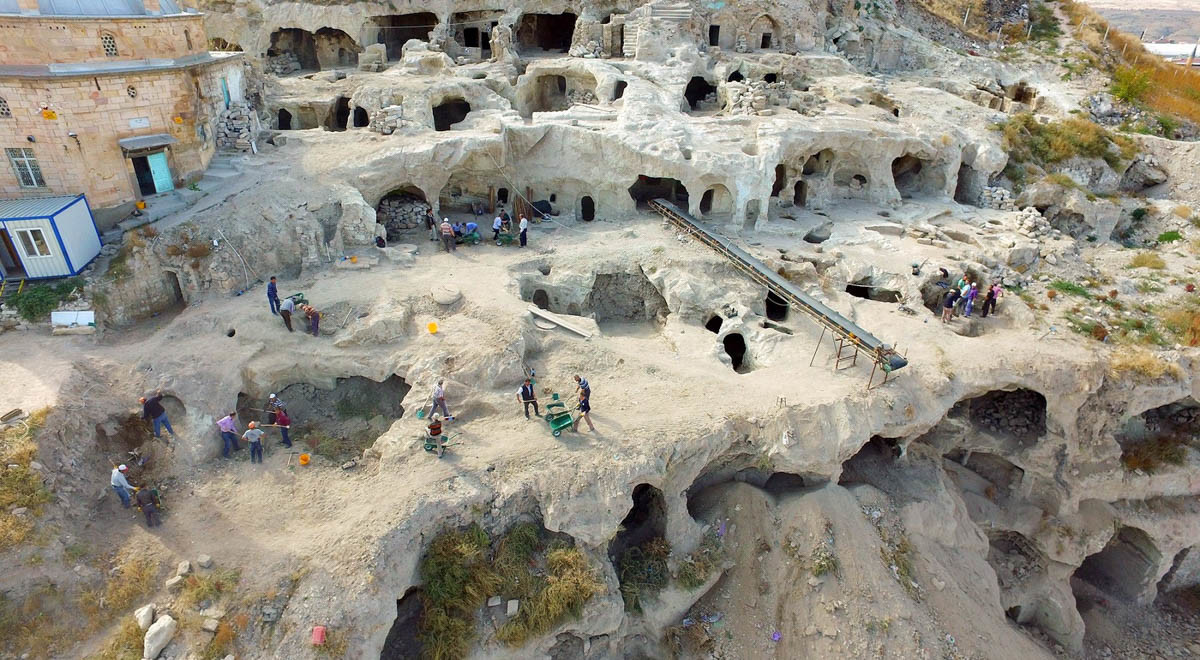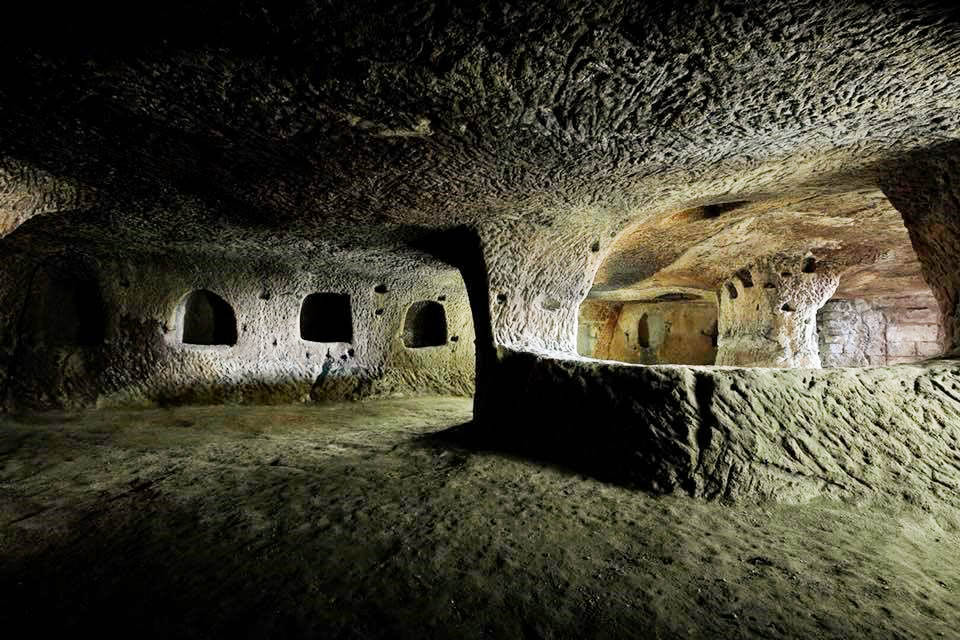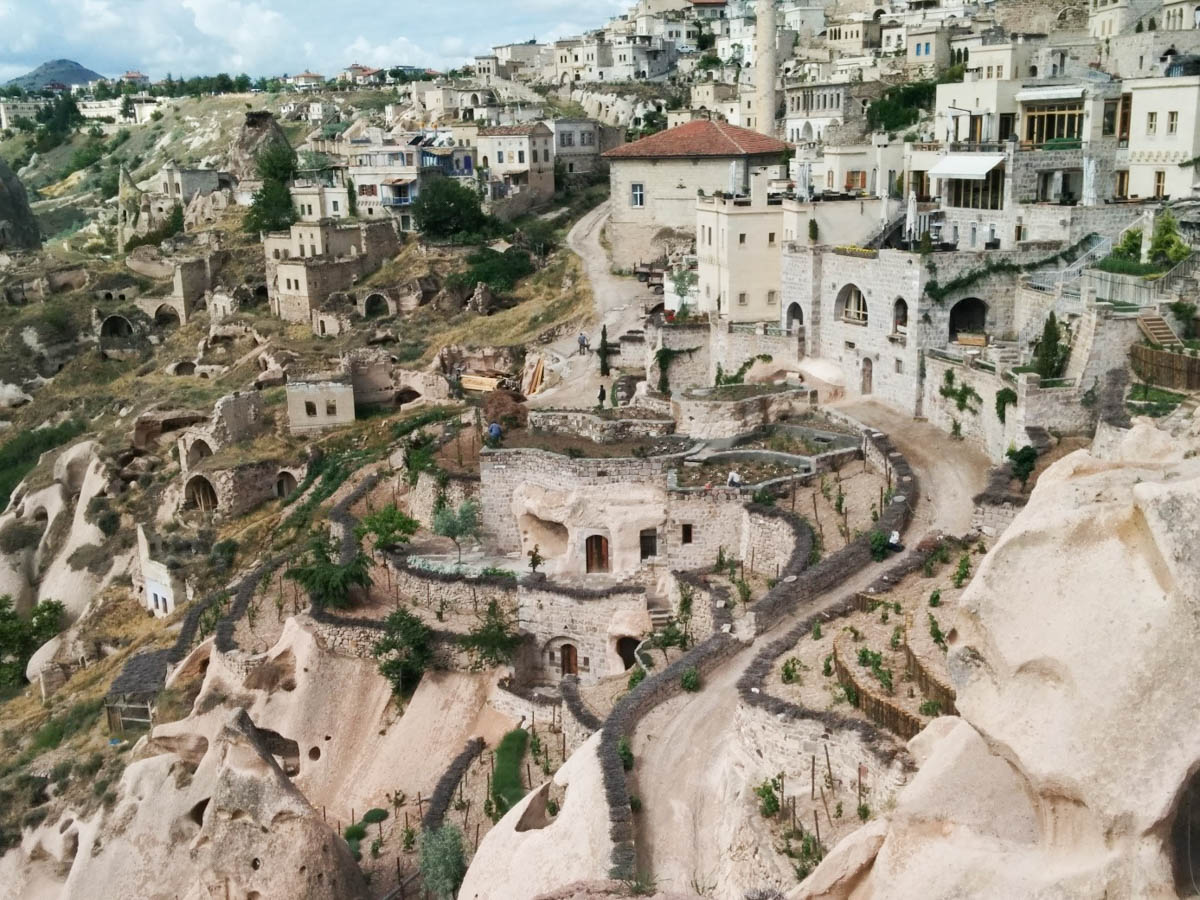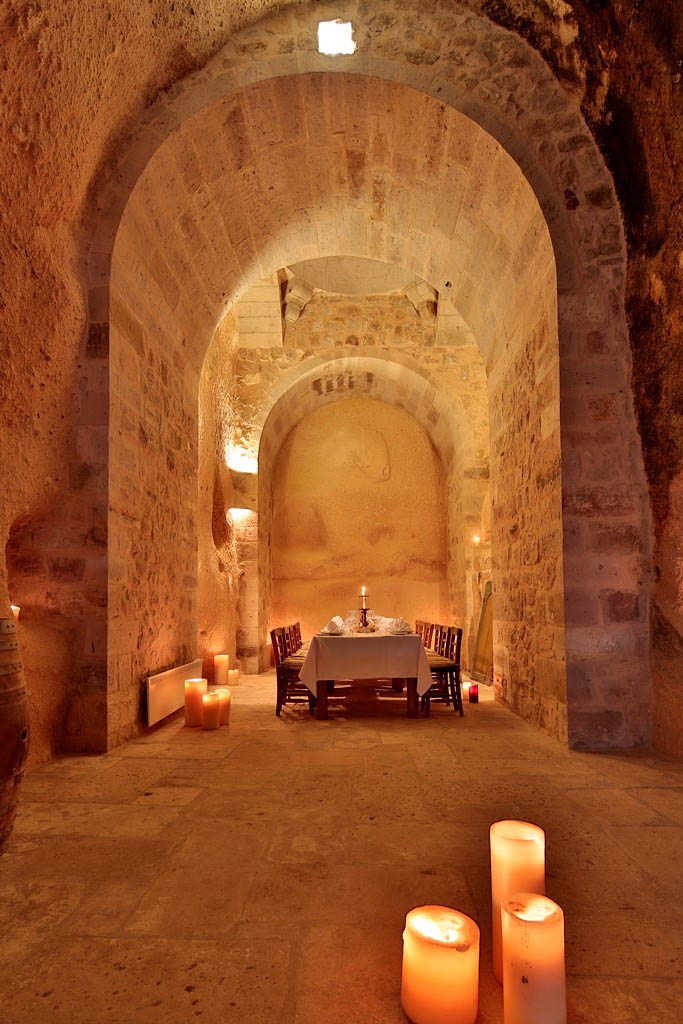Eastern Mediterranean University (EMU) Faculty of Architecture, in collaboration with the Famagusta Initiative, organised a panel titled “Lessons to be Learned from the Restoration Work in Cappadocia” at the Famagusta Walled City Association (MASDER) at 18:00 on Wednesday, 30 March, 2022. Participated by Master Architect Aslı Özbay, who is famous for her conservation work in Cappadocia, the panel took place under the moderation of Architecture Department academic staff member Assoc. Prof. Dr. Türkan Ulusu Uraz.
“Correct Information Should Be Placed in Popular Culture”
In her speech, Aslı Özbay emphasized that even today, Cappadocia is described incompletely, not in full and said that even the correct information about the formation of the volcanic tuff stone, which is the means for the formation of the unique geography of the region, started to be mentioned only 5-6 years ago. Pointing out the weakness of the academic research on the region, Özbay said, "We can not like what we do not know, we can not protect what we do not like," and reminded the rapid increase in historical, geological, sociological and architectural studies for the correct recognition of the region, and the importance of developing public projects to place the correct information in popular culture, starting with the Turkish society.
Insensitive and Uncontrolled Tourism
Emphasizing that she has been working mainly on Cappadocia civil architecture since 2002, Özbay said that there are many lessons to be learned from this multi-layered cultural heritage. Stating that the settled life culture in the Cappadocia caves, dating back 3,000 years to the Hittites, was instrumental in the formation of a unique life system underground, Özbay stated that these places were generally destroyed due to the insensitive and uncontrolled construction of tourism. Özbay said that Argos in Cappadocia Hotel, where he worked as an architect between 2010-2020, is a special example that does not surrender to the insatiable demands of tourism, that balances protection and use well, and that shows the success of bringing the extinct underground living spaces of Uçhisar village to date, and behind this is the founder of the hotel Gökşin Ilıcalı’s sensitive approach. Explaining that during the 25-year long-term development of the hotel, public spaces such as churches, bezirhanes and water tunnels, which were discovered underground, are still being used as public experience areas, Özbay emphasized that while doing restoration in Cappadocia, where large areas of destruction have been created recently due to disaster or political reasons, it is necessary to work without fear of the issue of 'reconstruction'.
“There Is A Serious Conservation Problem In Nevşehir”
Özbay summarized the project they developed in partnership with architect Han Tümertekin for the recovery of the historical Kale Mahallesi in Nevşehir, which she described as a heartbreaking cultural massacre, as follows: “Between 2010 and 2014, Nevşehir Municipality completely demolished around 2,400 buildings that make up 11 historical neighborhoods on the Kale slope. The first intention was to build TOKİ villas in this area. When it was no longer possible to hide the system of caves that emerged from under the destroyed houses, the area was declared an archaeological site. Brand new findings that form the details of the Ottoman's enormous investment at the beginning of the 17th century were unveiled from the underground. However, since the cave system of the area started to melt rapidly after the protective masonry houses at the top, there is a serious conservation problem in Nevşehir that requires urgent measures. Özbay underlined that preserving historical textures, which have been destroyed by ignorant public administrators and insensitive conservation mechanisms, eventually requires the support of civil initiatives.




